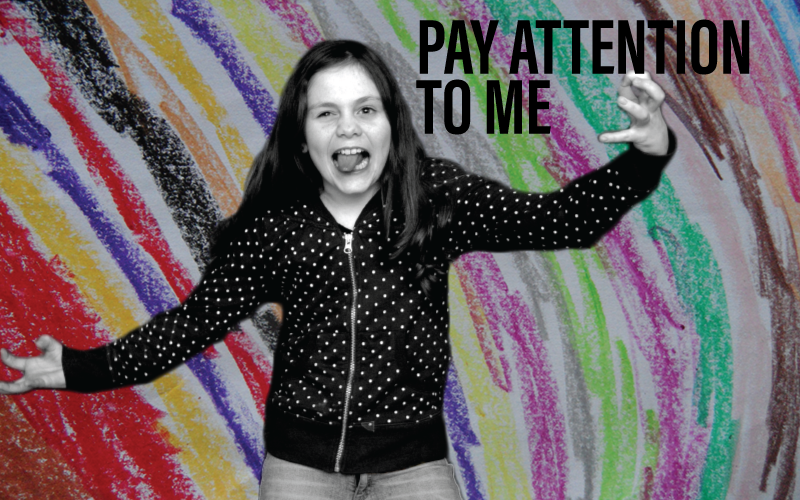
CEE Blog
Welcome to the CEE Blog
Our goal is to spark ideas and inspire educational improvement. We are partnering with experts, authors and researchers to bring you relevant, timely and creative ways to support your work and professional growth.
Next Level Leadership Course Launches - Marketing Your School - Who’s Telling Your Story?
Today’s blog provides insight into the driving force for the NLL Courses being developed and in particular the first course on effectively marketing your educational organization.
Pay Attention to Me: From Disruptive Student to Classroom Influencer!
We’re ending the Whole Child Series with a strategy that turns students who are disruptive into school or classroom leaders. Think about the students who give any teacher, veteran or not, a run for their money at every turn. The students that drain every ounce of discretionary energy from you or touch the last nerve that is keeping you upright. They are also the students who, through their force field, get other kids to go along with their shenanigans.
The FAST Method: Behavior Speaks Volumes
Children test limits, forget their good behavior, and simply misbehave. It is vital that we learn about the goal of a child’s behavior. All behavior is purposeful. We can use an intervention to meet student needs if we understand what that behavior is saying. Along with this, it is imperative we maintain a safe and welcoming environment where our students feel like they belong and can flourish as learners. Our emotions matter a lot as well. When we are interacting with students, we can sometimes feel upset, angry, challenged or provoked. Students observe our behavior and react to us.
Following Directions: One Nonverbal at a Time
Nonverbals, along with our words and the tone we use when we speak, are integral to our communication. It only takes a few moments to see nonverbals in action in our schools. When students arrive in the morning, are they smiling and making eye contact or heads down and shuffling along the hallway? If you have implemented Warm Greetings, the nonverbals may be noticeably different.






